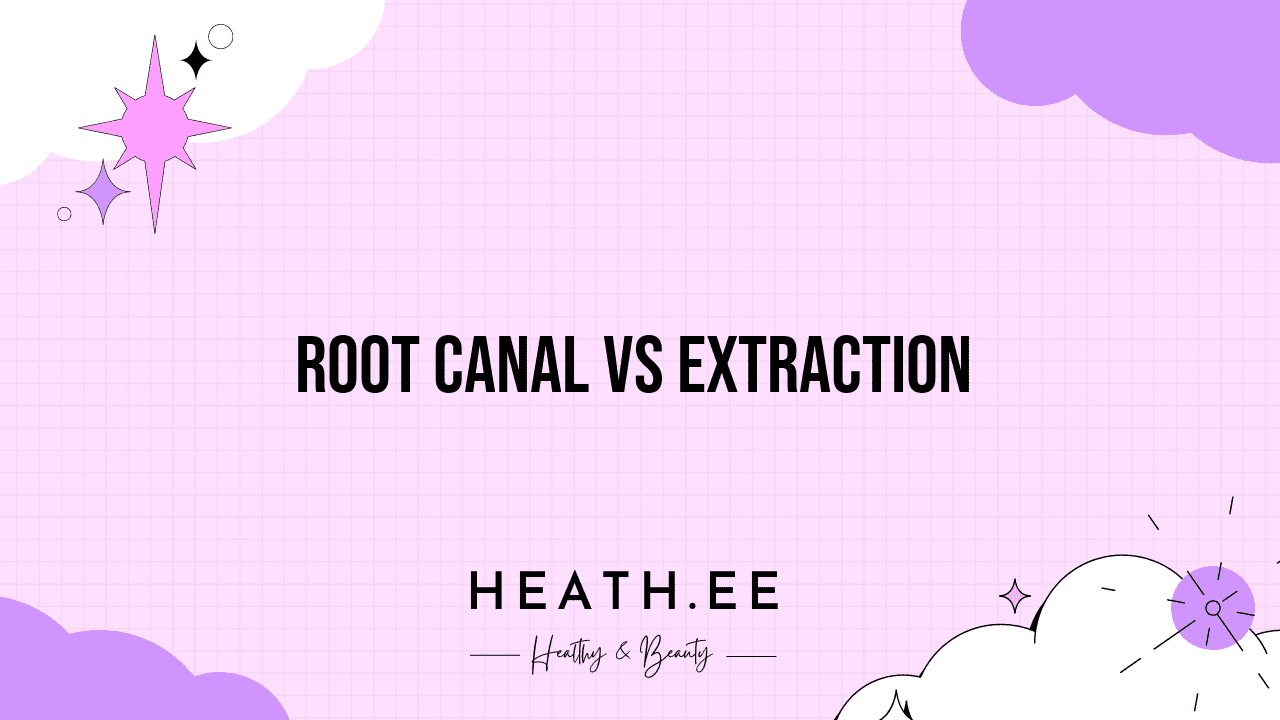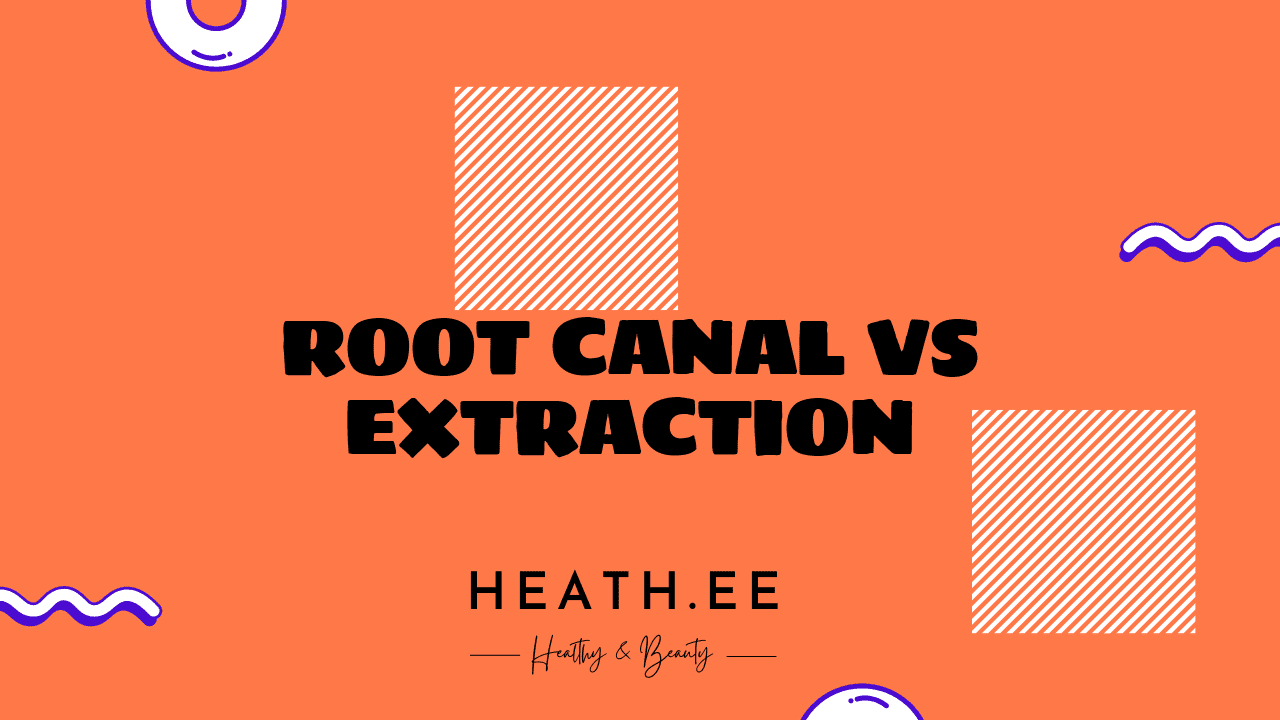When it comes to dental care, there are a few treatments that are often mentioned in the same breath, namely root canal and tooth extraction. While they both involve the removal of a tooth, they are very different procedures. In this article, we will discuss the differences between root canal and extraction, and help you decide which one is best for you.
What Is A Root Canal?
A root canal is a procedure that is used to repair a damaged or infected tooth. During a root canal, the dentist will remove the infected tissue from inside the tooth and replace it with a filling material. This procedure is usually done under local anesthetic and can take anywhere from one to three visits to complete.
The goal of a root canal is to save the tooth and prevent it from needing to be extracted. Root canals are often recommended when a tooth is severely decayed or infected and cannot be saved with a filling.

What Is A Tooth Extraction?
A tooth extraction is a procedure that is used to remove a tooth that is damaged, decayed, or infected beyond repair. During a tooth extraction, the dentist will use special tools to loosen the tooth and then remove it from the socket. This procedure is usually done under local anesthetic and can take anywhere from a few minutes to an hour to complete.
In some cases, a tooth extraction may be recommended if a root canal is not an option. This could be due to the tooth being too severely damaged or infected, or if the root of the tooth is not accessible.
Root Canal vs Extraction: What Are The Benefits?
The primary benefit of a root canal is that it can save a tooth that would otherwise need to be extracted. This means that the patient can keep their natural tooth and avoid the need for a dental bridge or implant. Root canals can also help to reduce pain and discomfort from an infected or decayed tooth.
The primary benefit of a tooth extraction is that it can remove a severely damaged or decayed tooth that cannot be saved. This can help to reduce pain and discomfort, as well as prevent the infection from spreading to other teeth.

Root Canal vs Extraction: What Are The Risks?
The primary risks associated with a root canal are that the procedure may not be successful, and the tooth may still need to be extracted. Additionally, there is a risk of infection after the procedure, and the patient may need to take antibiotics to help prevent this.
The primary risks associated with a tooth extraction are that the procedure may be painful, and the patient may experience some discomfort afterwards. Additionally, there is a risk of infection after the procedure, and the patient may need to take antibiotics to help prevent this.
Root Canal vs Extraction: What Is The Cost?
The cost of a root canal can vary depending on the severity of the tooth decay or infection. Generally, root canals can range from $300 to $2,000.
The cost of a tooth extraction can also vary depending on the severity of the tooth decay or infection. Generally, tooth extractions can range from $100 to $800.
Root Canal vs Extraction: Which Is Right For Me?
The decision of whether to have a root canal or a tooth extraction should be made by a qualified dentist. Your dentist will be able to assess the condition of your tooth and recommend the best course of action.
If your tooth is severely decayed or infected and cannot be saved with a filling, a root canal may be recommended. However, if the tooth is too severely damaged or infected, a tooth extraction may be necessary.
Conclusion
Root canal and tooth extraction are two very different procedures, and the decision of which one is right for you should be made by a qualified dentist. Root canals are used to repair a damaged or infected tooth, while tooth extractions are used to remove a tooth that is too severely damaged or decayed to be saved. Both procedures have their own benefits and risks, and the cost can vary depending on the severity of the tooth decay or infection.
No matter which procedure you choose, it is important to take good care of your teeth to avoid needing either one. This includes brushing and flossing twice a day, eating a balanced diet, and visiting your dentist regularly for checkups and cleanings.



